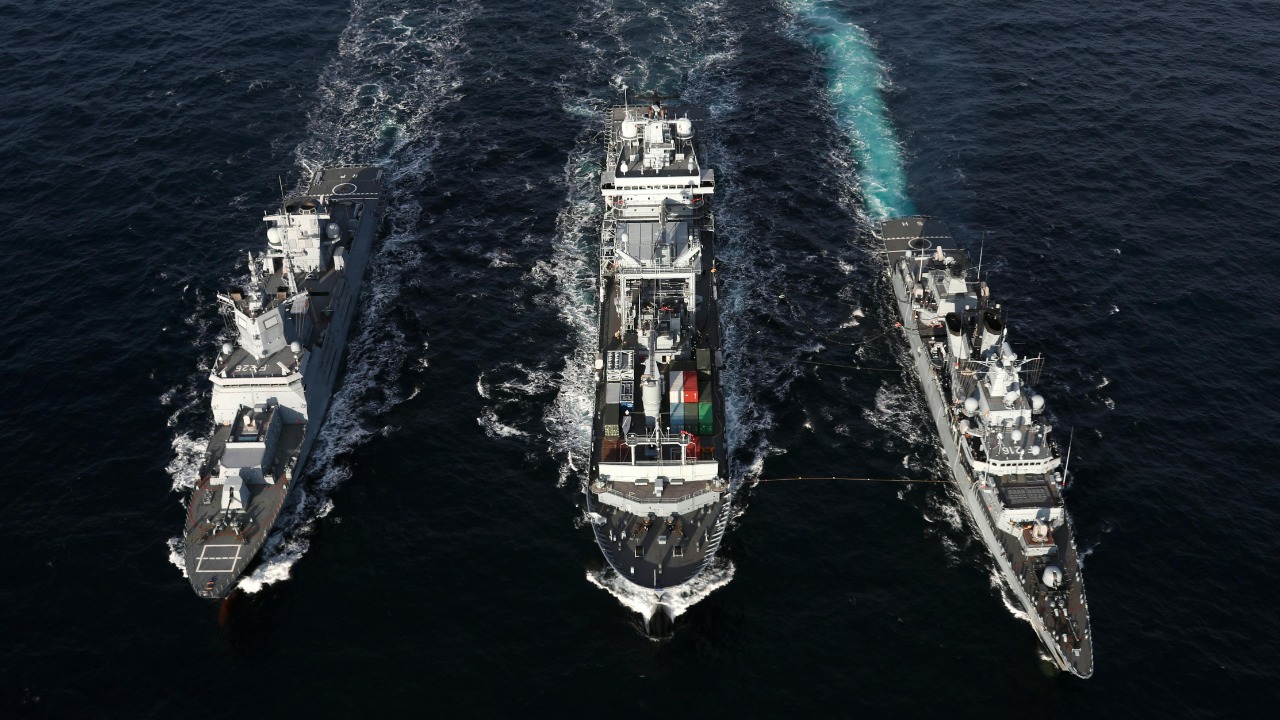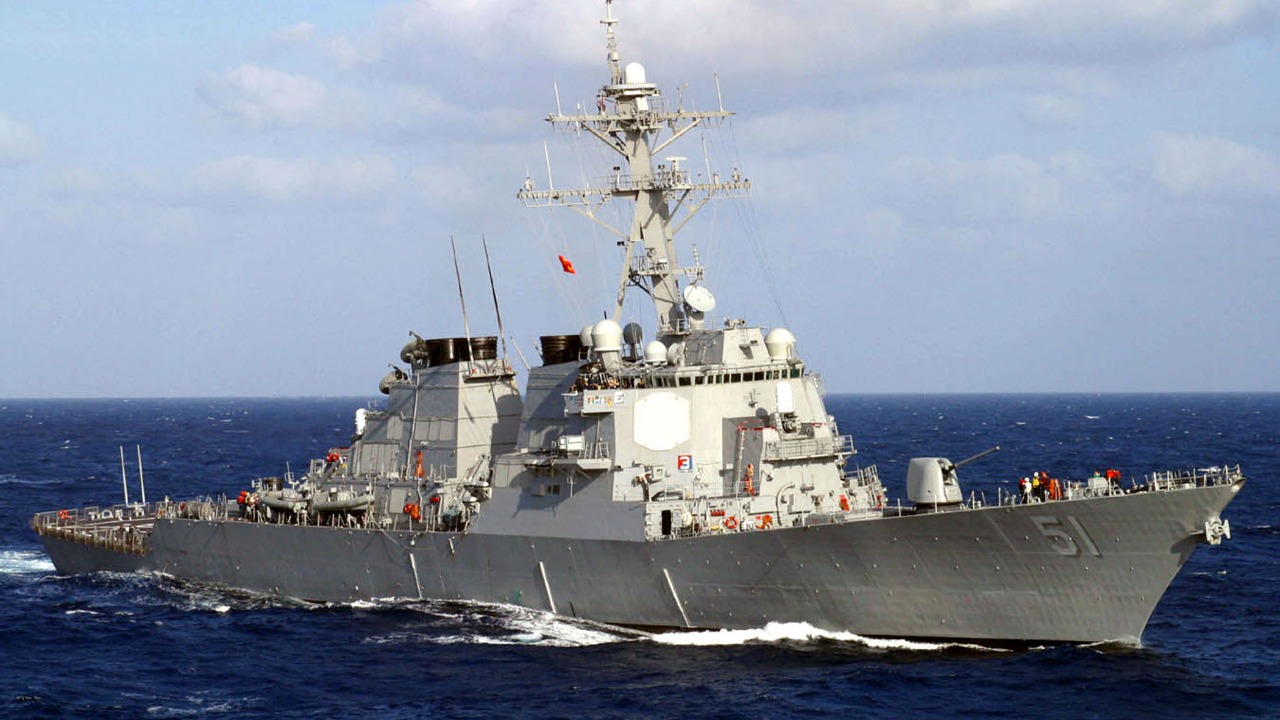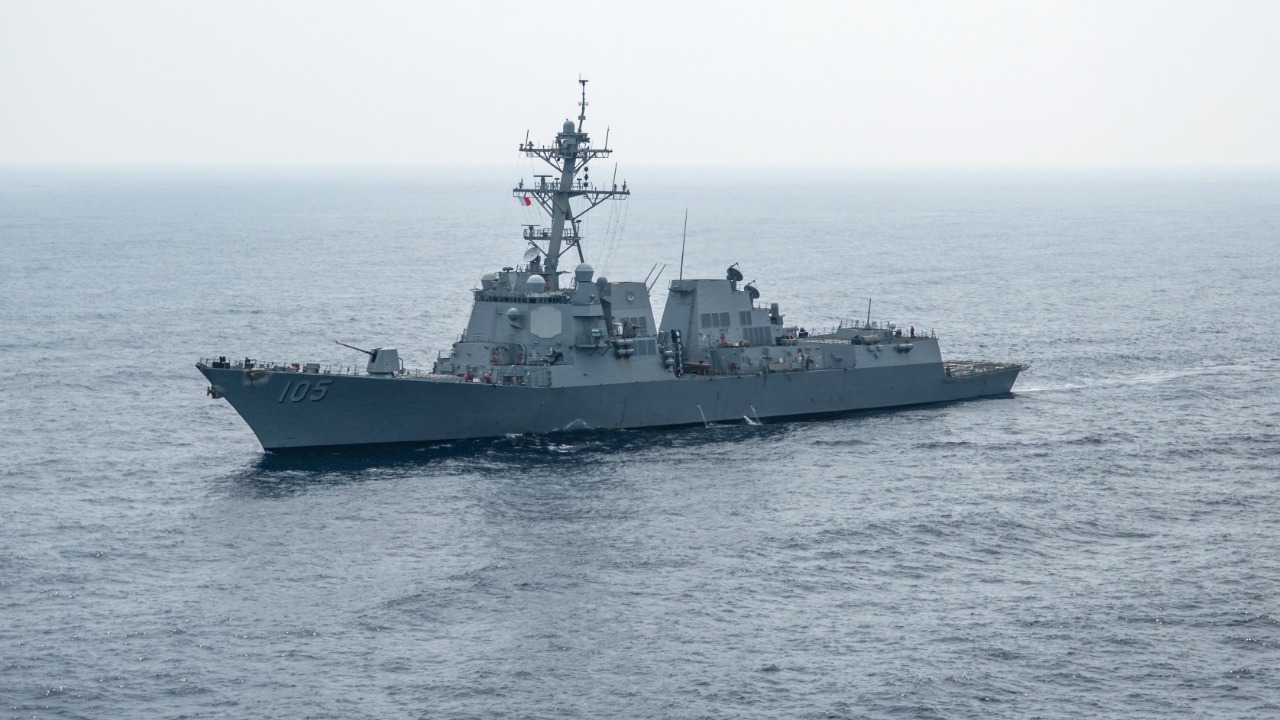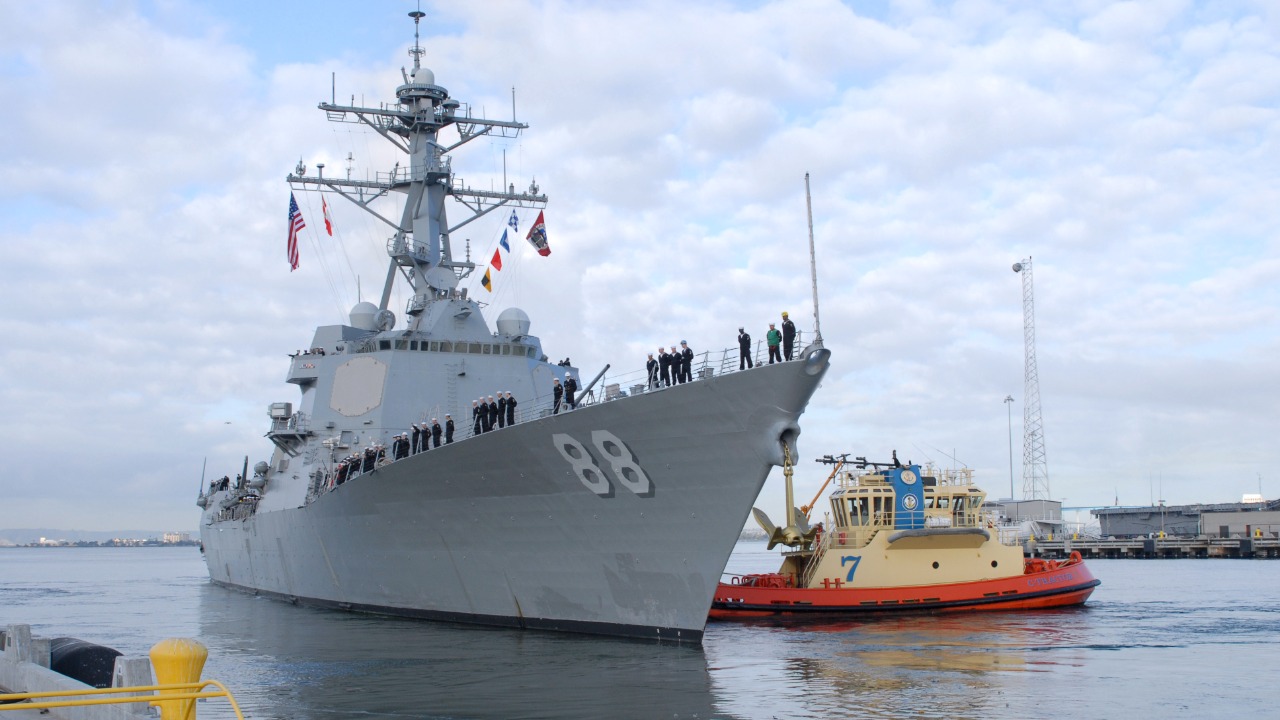
The advancement of technology has significantly transformed naval warfare, with laser weapons becoming a critical component of modern naval defense systems. These high-energy lasers offer precision targeting and reduced collateral damage compared to traditional weapons. The U.S. Navy has equipped several of its ships with these cutting-edge laser systems, showcasing a new era of maritime defense.
USS Ponce (AFSB(I)-15)

The USS Ponce was a pivotal platform for testing laser weapons in maritime environments. In 2014, the ship became the first to be equipped with the Laser Weapon System (LaWS), a 30-kilowatt laser designed to disable or destroy small boats and aerial targets. This deployment marked a significant milestone in naval technology, showcasing the potential of directed energy weapons.
The LaWS aboard the USS Ponce demonstrated its effectiveness through various trials in the Persian Gulf, where it successfully engaged unmanned aerial vehicles (UAVs). The success of these trials paved the way for further development and integration of laser systems in the U.S. Navy’s fleet.
USS Portland (LPD-27)

The USS Portland is another vessel that has embraced laser technology. Equipped with the HELIOS system, this ship represents the next generation of naval defense. HELIOS, which stands for High Energy Laser with Integrated Optical-dazzler and Surveillance, is a multi-mission system that combines anti-drone capabilities with surveillance functions.
In 2020, the USS Portland successfully conducted a live-fire test of its laser weapon, shooting down a drone in mid-flight. This test underscored the operational capabilities of HELIOS and its potential to enhance naval defensive measures against emerging threats.
USS Arleigh Burke (DDG-51)

The USS Arleigh Burke is known for its advanced combat systems and robust weaponry. Recently, it has incorporated laser technology to bolster its defensive capabilities. The ship is equipped with the Laser Weapon System (LaWS), which allows it to engage a wide range of aerial and surface threats.
This integration of laser weaponry is part of the U.S. Navy’s broader strategy to enhance the capabilities of its Arleigh Burke-class destroyers, ensuring they remain at the forefront of naval warfare technology.
USS Dewey (DDG-105)

The USS Dewey has also been outfitted with laser systems as part of the Navy’s initiative to modernize its fleet with directed energy weapons. This destroyer is equipped with the Optical Dazzling Interdictor, Navy (ODIN) system, which is designed to counter UAV threats by blinding or disorienting their sensors.
ODIN represents a crucial component in the U.S. Navy’s layered defense strategy, providing a non-lethal option to neutralize threats without the need for kinetic engagement. The deployment of such systems on the USS Dewey highlights the Navy’s commitment to integrating advanced technologies into its operations.
USS Preble (DDG-88)

The USS Preble is another Arleigh Burke-class destroyer that has embraced laser technology. Like its counterparts, the Preble is equipped with the ODIN system, enhancing its capability to deal with modern threats such as drones and small boats.
This installation is part of a broader effort to upgrade the Preble’s combat systems, ensuring it can effectively operate in contested environments. The use of directed energy weapons aboard the Preble underscores the evolving nature of naval warfare and the importance of staying ahead of potential adversaries.
USS Zumwalt (DDG-1000)

The USS Zumwalt, known for its distinctive stealth design, represents the cutting edge of naval warfare technology. This ship has been a testbed for various advanced systems, including laser weapons. The Zumwalt is expected to be fitted with high-power laser systems capable of engaging a range of threats, from missiles to small craft.
As part of the Navy’s future capabilities development, the Zumwalt-class destroyers are poised to play a significant role in demonstrating the feasibility and effectiveness of directed energy weapons in maritime operations. These ships illustrate the integration of next-generation technologies into the naval force structure, ensuring a strategic advantage in future conflicts.